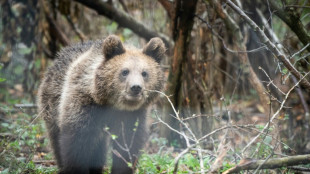

Bird flu fells nearly 9,000 marine creatures in Chile
Nearly 9,000 sea lions, penguins, otters and small cetaceans have died in an avian flu outbreak battering Chile's north coast, the South American country's fisheries service said Thursday.
Since the beginning of 2023, more than 7,600 sea lions, 1,186 Humboldt penguins -- an endangered species that breeds only in Chile and Peru -- and several otters, porpoises and dolphins have been found dead along the coast, the Sernapesca service said in a statement.
The disease was present in 12 of Chile's 16 regions, it added, and announced the activation of "surveillance protocols" along the coast, including burying affected animals in a bid to prevent further virus spread.
Since late 2021, one of the worst global avian influenza outbreaks on record has seen tens of millions of poultry culled, mass wild bird die-offs and a rising number of infections among mammals in several countries.
In Cambodia, an 11-year-old girl fell ill in mid-February with a fever, cough and sore throat, and died from the H5N1 bird flu virus, according to the health ministry there.
Her father also tested positive, but Cambodian health authorities ruled out human-to-human transmission.
It is rare that bird flu jumps over into mammals -- and rarer still that humans catch the potentially deadly virus.
There is no treatment for the disease, which is often deadly in wild and domesticated birds.
In March, Chile signaled its first case of human infection, in a man aged 53.
Elsewhere in South America, Argentina, Brazil, Paraguay and Peru -- with hundreds of sea lion deaths -- have also reported cases.
D.Mertens--JdB



